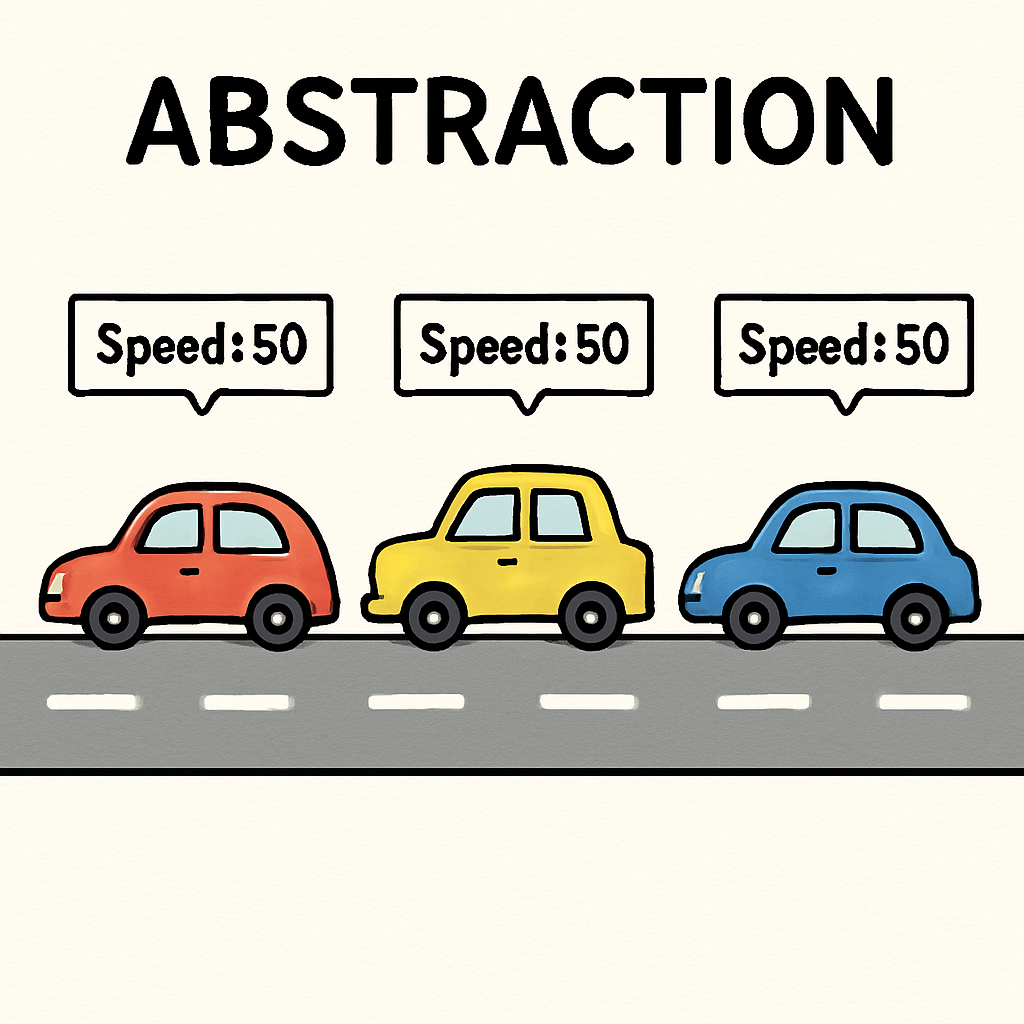 In this lesson, you'll start to look at modelling and simulation by identifying a real-world problem suitable for simulation.
In this lesson, you'll start to look at modelling and simulation by identifying a real-world problem suitable for simulation.
You'll learn about abstraction and agent-based modelling, break down problems step-by-step, plan your model with sketches, and consider ethical aspects.
By the end, you'll have an initial model plan, ready for algorithm development. Remember, you'll work in teams, assigning roles to collaborate effectively.
Begin by selecting a problem that can be modelled and simulated, such as traffic flow in a city, the spread of a rumour in a school, animal population dynamics in an ecosystem, or the impact of climate change on a forest. The problem should allow for testing different scenarios and observing emergent behaviours, like how individual actions lead to group patterns, such as traffic jams forming from simple driving rules or population booms from predator-prey interactions.
Guided Steps:
 Abstraction is a key concept in computational thinking that involves simplifying a complex system by focusing on the essential features while ignoring unnecessary details. This makes it easier to model and simulate real-world problems without getting overwhelmed by complexity. For example, in modelling traffic flow, you might abstract cars as simple agents with basic rules like maintaining speed and distance from the car ahead, without worrying about details like engine types, colours, or driver personalities.
Abstraction is a key concept in computational thinking that involves simplifying a complex system by focusing on the essential features while ignoring unnecessary details. This makes it easier to model and simulate real-world problems without getting overwhelmed by complexity. For example, in modelling traffic flow, you might abstract cars as simple agents with basic rules like maintaining speed and distance from the car ahead, without worrying about details like engine types, colours, or driver personalities.
This simplification helps create efficient models that run quickly in simulations and allows you to focus on the core behaviours that lead to emergent patterns. In computing, abstraction also enables modular code design, such as using functions to represent repeated behaviours, making your programs easier to build, test, and modify.
 Agent-based modelling is a powerful way to simulate complex systems by focusing on individual 'agents' – these could be people, animals, vehicles, or even abstract entities like cells in a body. Each agent follows simple rules for behaviour and interaction with others and their environment. Over time, these interactions can lead to emergent behaviours, which are unexpected or complex patterns that arise from the collective actions, even though no single agent is programmed to create them. For example, in a simulation of birds flocking, each bird might follow basic rules like staying close to neighbours and avoiding collisions, resulting in the emergent behaviour of a coordinated flock formation.
Agent-based modelling is a powerful way to simulate complex systems by focusing on individual 'agents' – these could be people, animals, vehicles, or even abstract entities like cells in a body. Each agent follows simple rules for behaviour and interaction with others and their environment. Over time, these interactions can lead to emergent behaviours, which are unexpected or complex patterns that arise from the collective actions, even though no single agent is programmed to create them. For example, in a simulation of birds flocking, each bird might follow basic rules like staying close to neighbours and avoiding collisions, resulting in the emergent behaviour of a coordinated flock formation.
The benefits of agent-based modelling include the ability to test 'what-if' scenarios safely and efficiently, such as changing rules or environmental factors to see how outcomes shift. It also helps demonstrate how small, local changes can have large-scale effects on the entire system. Another example: In a model of rumour spreading in a school, agents (students) might interact with nearby agents with a certain probability of passing on the rumour, leading to emergent patterns like rapid spread in densely connected groups or fizzling out in isolated ones.
To solve your problem systematically, break it down into smaller units using computational thinking. This iterative approach helps in developing models by allowing you to tackle complex issues one part at a time, refining as you go. Breaking down problems like this is essential for creating effective simulations, as it ensures all key elements are considered without overwhelming you.
Step-by-Step Guide: